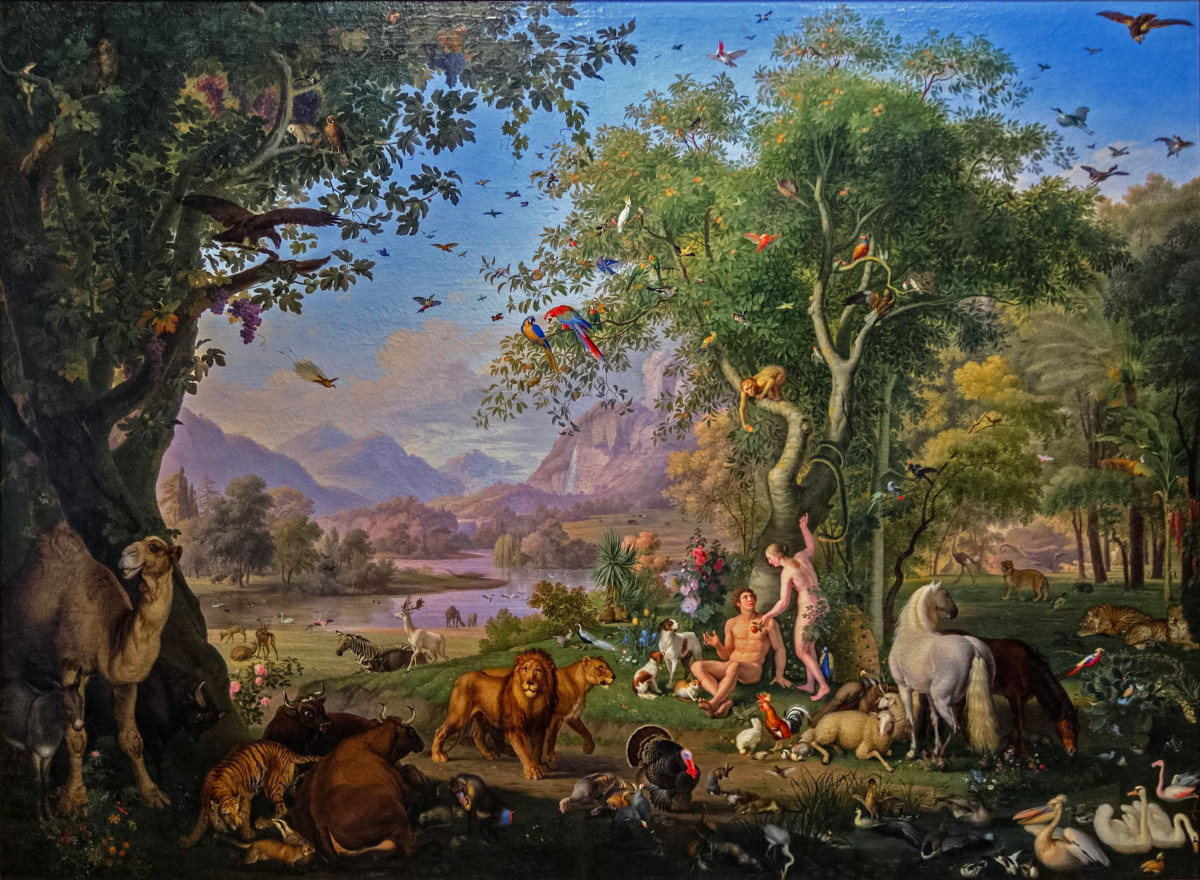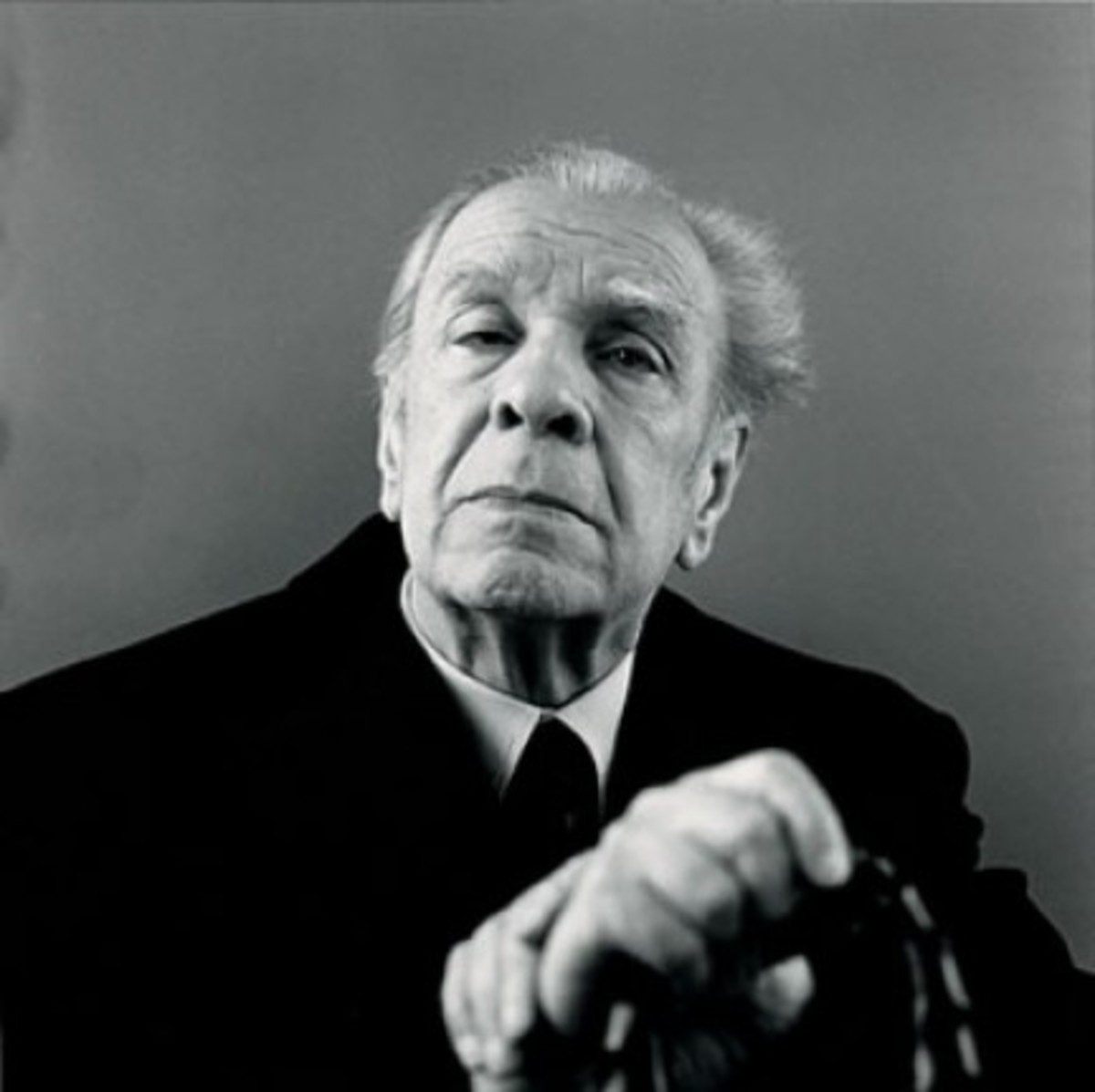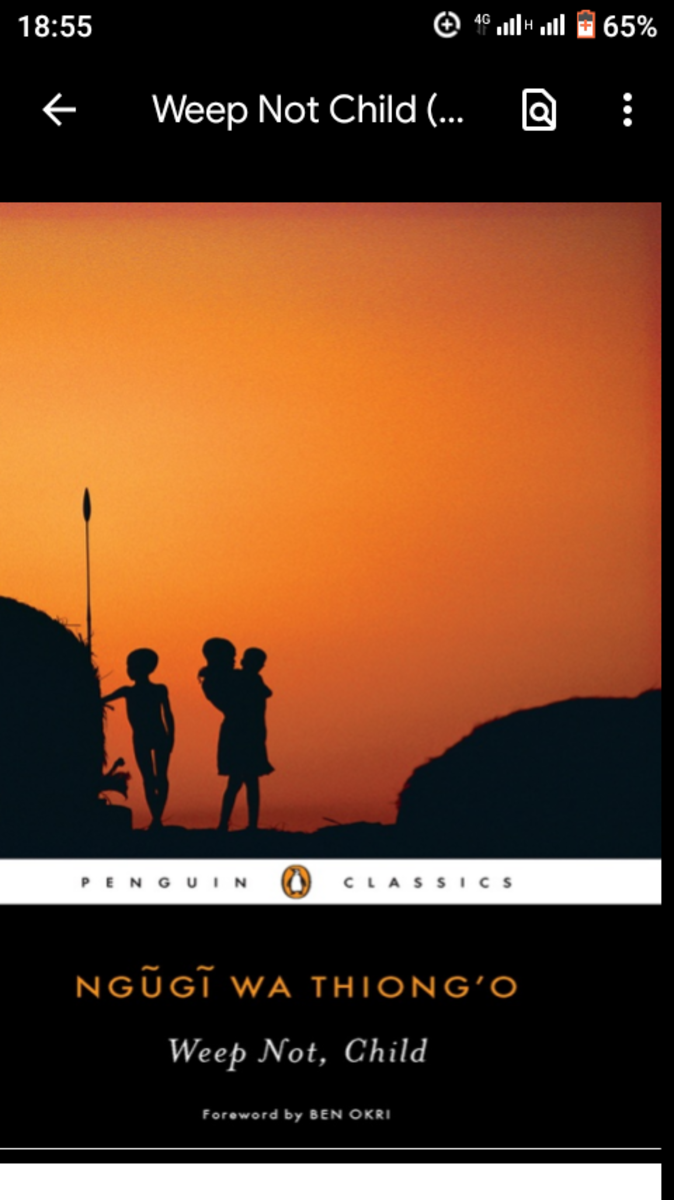How to Understand Symbolism in Literature
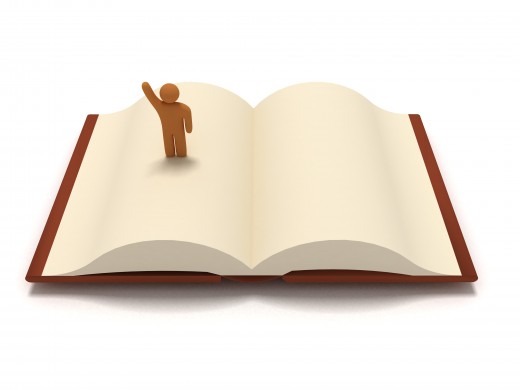
Those of us who haven't spent nearly a decade in a university setting studying literature may forget that symbolism even exists in literature nowadays. That is, of course, unless the symbolism jumps off the page and slaps us across the face like the little guy in the image up there (and you thought he was waving). I blame film, personally. In film as well as literature, the most prominent "symbol" is the Christ figure. When reading a Christ symbol, one must actually know the context of biblical text as compared to the story arc and plot points to come to such a realization. Meanwhile, in film, all one needs to do is throw his/her arms out to either side and BOOM! Christ figure. The image is used so much that the very idea loses some of its weight. You may remember the pose being used by a soldier (Willem Dafoe in Platoon), a superhero (Tobey Maguire in Spider-Man 2), a secret agent (Tom Cruise in Mission Impossible: 2), and even just an old guy who really hates kids being on his lawn (Clint Eastwood in Gran Torino).
I'm not attempting to take anything away from arguably the most iconic pose in the history of religious belief, but I will ridicule literature that relies on this iconic pose to produce some kind of symbolism. The process of reading for symbolism is a slippery slope because you don't read to find symbolism. Just as teachers, professors, and overly educated bartenders will tell you, if readers search for something hard enough in a text, you will find it whether it is there or not. Therefore, truly effective symbolism requires more subtlety from the author and more perceptiveness from the reader.
Lazy Symbolism
I feel the need to get this out of the way pretty quickly. Symbolism is pretty much useless if readers can't eventually pick up on it. Meanwhile, this doesn't permit authors to insult readers by blatantly stating that everything he/she is writing is a "symbol" for something else. So, at the risk of abandoning the "Women: Ages 10-55" demographic, I'm going to make fun of Stephanie Meyer's Twilight.
In case you were wondering whether temptation had anything to do with the plot (SPOILER: It does), the cover takes care of that quandary for you. I don't actually own the book, so here is a picture of me in front of a big fork.

Meyer goes to great lengths to absolutely make sure that the reader picks up on exactly what the apple symbolizes. Should Bella give in to her temptation to be with Edward? We know this, of course, from our extensive knowledge of the Book of Genesis when Adam and Eve are tempted with an apple from the Tree of the Knowledge of Good and Evil. That is in the Bible, right? Right? No, no it is not. Nowhere in any translation of the Bible is the fruit designated as an apple. John Milton doesn't even depict the apple as the fruit in Paradise Lost, which many have mistakenly used as an accurate depiction of the Book of Genesis. Not only does Meyer see the need to beat the reader over the head with her apple symbol, she also is using a biblical symbol that isn't even biblical. This shows one of the pitfalls when using especially religious symbolism. Granted, it's the form that can be construed most easily, but authors screw it up way too often.
Symbolism is most effective when applicable to the theme of the actual text or subtext. For instance (and sticking with the Christian religious tradition), Arthur Miller's The Crucible acts on several levels.
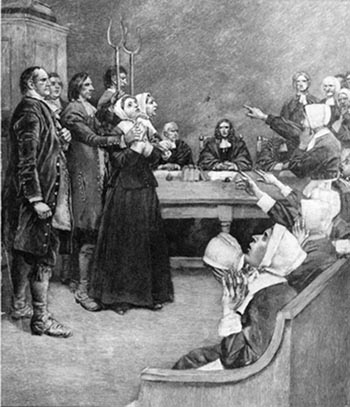
Miller's play takes place during the Salem witch trials and, as you might expect, is chucked full of religious imagery and symbolism. The Crucible's tragic hero, John Proctor, goes through the typical character progression of a Jesus figure. Even though he committed adultery before the actual events of the story, Proctor acts as the moral compass for the play, while the majority of the other characters devolve into the hysteria of a witch hunt. Meanwhile, underlying the surface religious overtones, Miller is truly symbolizing the horrors of Joseph McCarthy's Red Scare during the early 1950s (not coincidentally the same time Miller wrote his play). Granted, most people who had a sober-enough English teacher in high school will remember this play, and this is the reason. Reading for symbolism goes beyond surface metaphors, and the best uses will attempt to challenge a reader to uncover the true essence of the story.
Realizing the Use of Symbolism
Have you ever noticed that when a giant international event happens, hundreds of people start digging up things from the past that "foretold" the event? It is as if people like to believe that the world works like a B-list Sci-Fi flick. If only we'd have understood that symbol at the time, then we could have stopped this injustice. To be honest kind sirs and madams, this logic makes as much sense as the final season of LOST (not a damn lick of sense). There is no weaselly man with a top hat and a Snidely Whiplash curly mustache pulling strings to make things happen in the real world. In the world of literature though, this man exists but holds the title of "author."
Many people run into trouble by forcing symbols into a text. It's like when people hear that in Huckleberry Finn, Mark Twain uses the N-word a lot. People think he's being racist, but if you actually read it, you will realize he's being the exact opposite. Nonetheless, many choose to only see the offensive meaning of the word and damn the whole work. As outraged as the offended people were to have the classic edited for political correctness, those who actually understand the significance Twain puts on the word are even more incensed. He uses the term to induce an emotional reaction from the reader, but he does so within the context of the story. He is not simply using the word to be racially insensitive.
When reading a work for the first time, don't be surprised to finish your book and not realize any uses of symbolism. It's virtually impossible to jerk up from your reading and exclaim, "My God! There's the symbolism right there!" If you do, I strongly encourage you to do so in solitude because symbolism doesn't work like that

This may come as a surprise, but authors write their books with the intention that their readers will finish the story. To facilitate this story-finishing process, many authors include some type of coherent plot moving toward an ultimate conclusion. If we are completely dedicated to mining the text for "transcendent" themes, images, and symbolism, the actual story goes out the window. In my opinion, symbolism is not an active process, but a retroactive process.
Good literature encourages more than a superficial first read. Think of it this way. When you ask people if they like a book, they will often reply not with if they've read it, but with how many times they have. The first time through a book, we often get caught up in the story since... that's kind of what a book is. Consequently, though, upon discussion we will realize that we may have missed certain ideas throughout the text. Then we will read it again and notice the symbolism that eluded us in the initial reading.
Exact Tips to Think About
- Don't jump to conclusions. Good usage of symbolism often isn't so blatant that you notice it immediately.
- Avoid specific religious generalizations. Granted, an easy route to take for any author is to implant popular religious imagery as a lazy use of symbolism, but be wary when automatically making religious references when they're uncalled for.
- Know the context of the story. Many academics will encourage readers to not look outside the text when studying literature, but sometimes outside context can help a reader pick up on themes otherwise unrecognizable without that complementary information (as with The Crucible)



